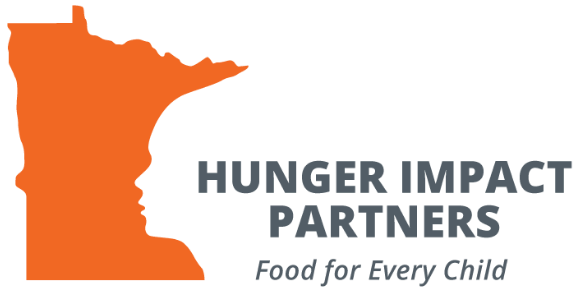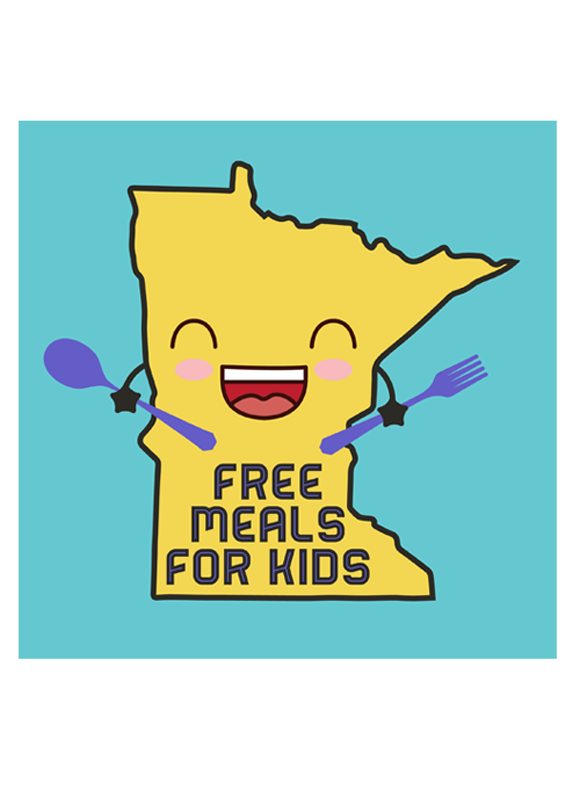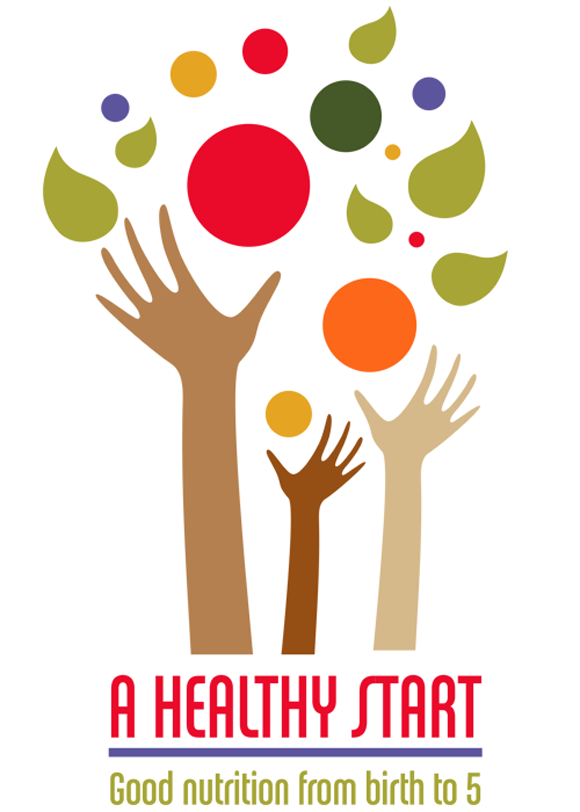School Breakfast
VOICE OF EXPERIENCE
Drawn from our school breakfast challenge pilots, listen to principals and other school leaders and staff talk about what breakfast means to their students.
Click here to watch another video about why Breakfast in the Classroom is beneficial for Minneapolis Public Schools.
SCHOOL BREAKFAST: UNDER UTILIZED
The School Breakfast Program is funded by the U.S. Department of Agriculture and administered in Minnesota by the state Department of Education.
While the number of eligible children has risen since 2010, Minnesota is losing more than $44 million in federal revenue reimbursements.
Only about 45 percent of school breakfast meals available to low-income children are provided in Minnesota schools. Apply for our School Breakfast Challenge grant.
Challenges
Many students do not arrive at school early enough to eat breakfast. Some want to avoid the stigma of being labeled as “poor” that is often associated with eating breakfast in school. Still others may not be that hungry early in the morning.
Our approach
- Expand to 200 additional sites.
- Provide ongoing funding for infrastructure grants and testing of new school breakfast models.
- Reach out to current and new stakeholders – such as school administrators, principals and school nutrition directors – to facilitate testing of new models and promotions to students.
- Scale and replicate successful tactics.
We continue to create customized, innovative breakfast service models to increase participation, including:
- Breakfast in the Classroom — Breakfast is brought to classrooms – by the students or by nutrition staff – after school starts.
- Grab n’ Go – Students pick up packaged breakfasts from mobile service carts in hallways or other areas when they arrive at school.
- 2nd Chance Breakfast/Brunch – Students eat breakfast during a morning break.
Our Goal
Provide 2.3 million more meals by increasing enrollment of targeted elementary schools not serving breakfast.
Our investments demonstrate success
- We funded point-of-sale terminals to allow fast, accurate accounting for meals taken.
- By 2019 the number of breakfasts served since the program began in fiscal year 2013 had increased by 18 percent, while federal reimbursement monies during the same period grew by 20 percent.
- Starting in April 2020, more children began to gain access to breakfast due to the bundling of breakfast with lunch in meal packs that schools have been providing since the start of the pandemic.
Spotlight
At Andersen United Community School in Minneapolis, an uptick in energy with morning meal access, where we funded several food carts that put food in locations where students could have access between classes.
Also see
School Breakfast Program History





